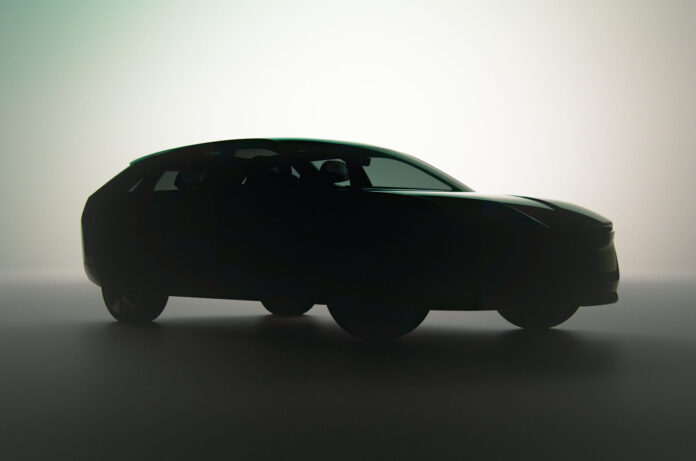Skoda also says the “steeply raked” windscreen and “gently sloping roofline” are “design cues that have characterised Skoda’s most successful estate models”.
The Superb and Octavia estates are among Skoda’s best-selling global models, with the Octavia Combi, particularly, ranking as its top seller in certain markets.
As a result, Skoda “is committed to continuing the estate bodywork legacy into the future,” said the company.
Exterior designer Jounggeen Kim shaped the Vision O’s silhouette and said his task was “to apply the Modern Solid language to an estate car”.
He designed the concept to be an “all-in-one” proposition and said: “This car is built to do it all. I see Skoda as a family-oriented brand – practical, reliable and trustworthy. I aimed to reflect those qualities through the new Modern Solid design language.”
Kim added that while the Vision O will be a future-looking concept that adheres to Skoda’s current design principles, he took inspiration from past models such as the Yeti and Roomster.
Skoda had originally planned to launch an electric estate version of the Octavia based on the Volkswagen Group’s current MEB electric architecture. However, Zellmer said it will instead be underpinned by the VW Group’s upcoming SSP architecture because it will offer “more performance and be more cost-efficient”.
